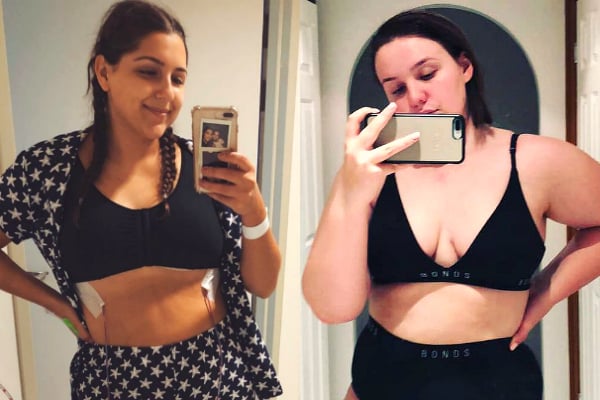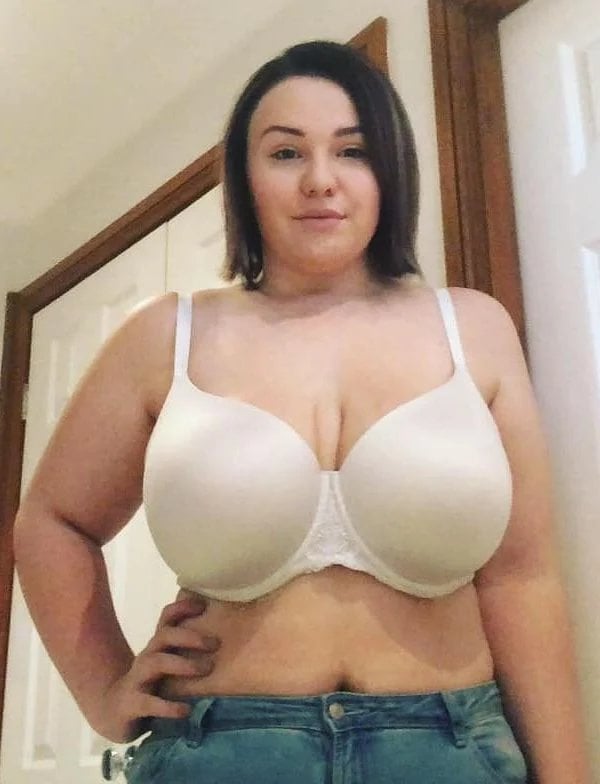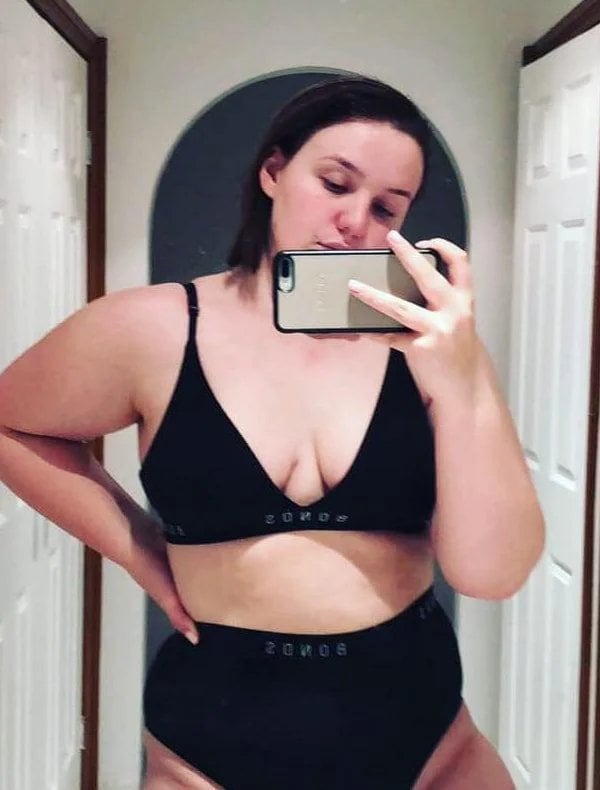
"I remember lifting my blanket and my chest looked flat. I was so excited. I don’t think you can quite understand the emotional and psychological impact unless you’ve lived it yourself."
When we asked women to explain exactly what it’s like to make the decision to have, and then actually have, a breast reduction, the overwhelming response was one of relief.
One likened it to having bricks lifted off your chest. Another said, before undergoing breast reduction surgery at 17, she felt like she was looking at a 35-year-old woman’s body, after breastfeeding, when she saw her reflection in the mirror.
While breast reductions and breast lifts may have been taboo a decade ago, more and more women are using the surgical procedure – which The Australian Society of Plastic Surgeons Inc (ASPS) defines as reducing the size of overly large breasts – to take control of their own bodies.
In the 2017-2018 financial years, 11,886 individual breast reduction claims were made, the Australian Bureau of Statistics data shows. That number has increased by 1,289 from 2016-2017, and is more than 2000 greater than it was five years ago.
Women of all ages are getting breast reductions – the stats show the procedure is most common among women aged 45-54, followed closely by 35-44 and 15-24.
While we’re here and talking about our breast health, here’s a recap of some of the many shapes and sizes breasts come in – perky, saggy, uneven and everything in between. Post continues after video.




Top Comments